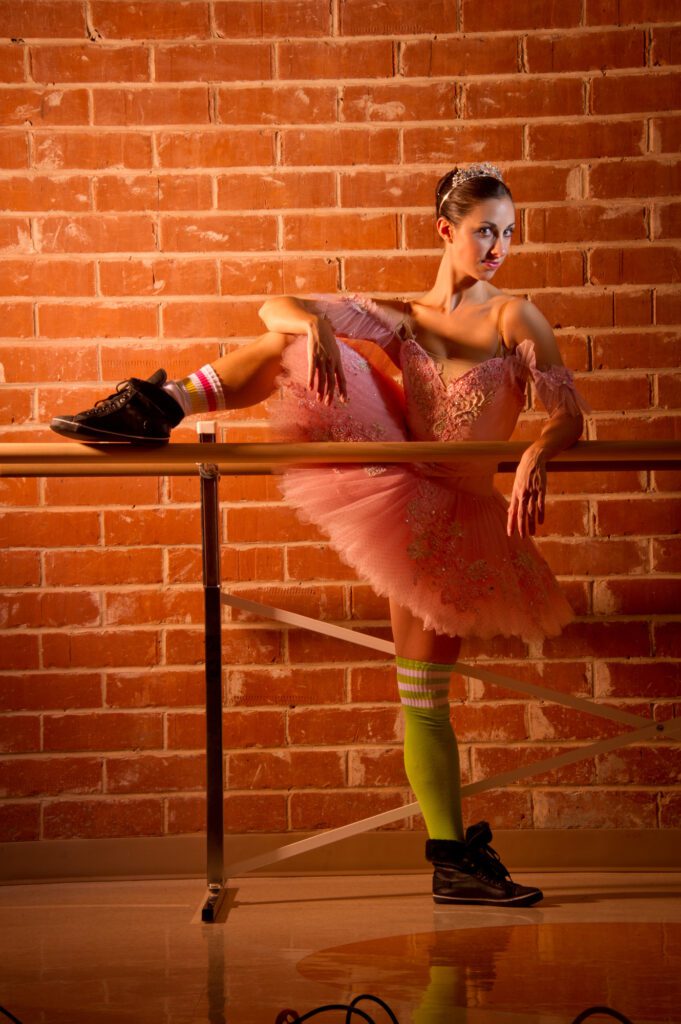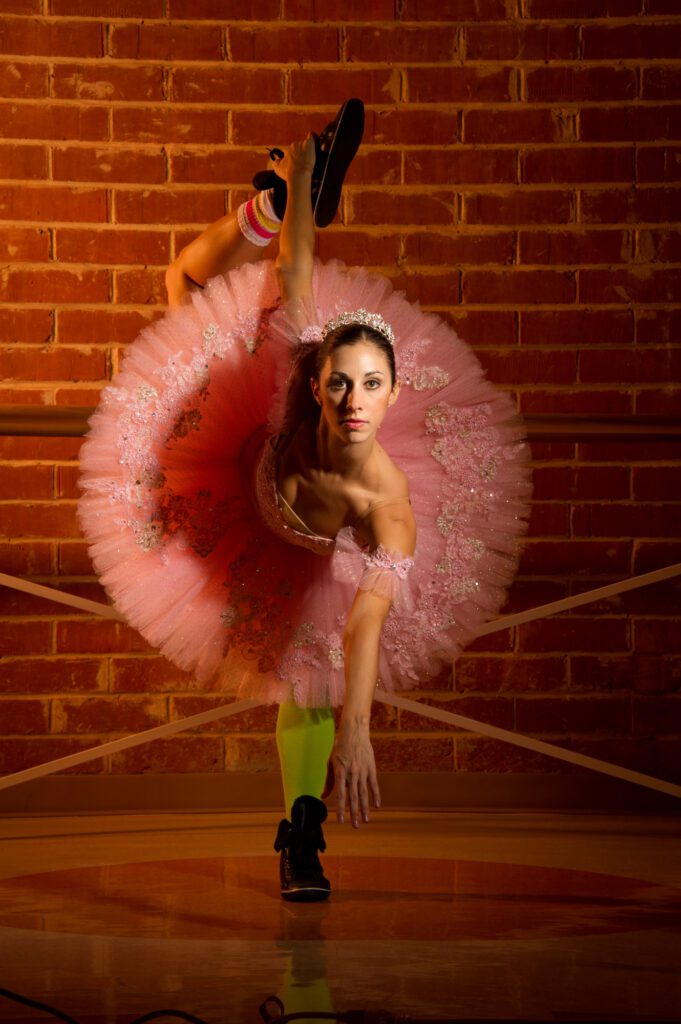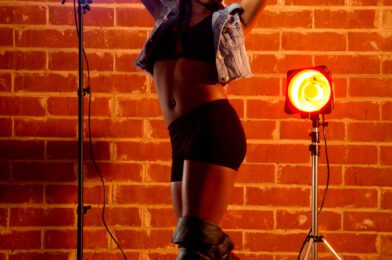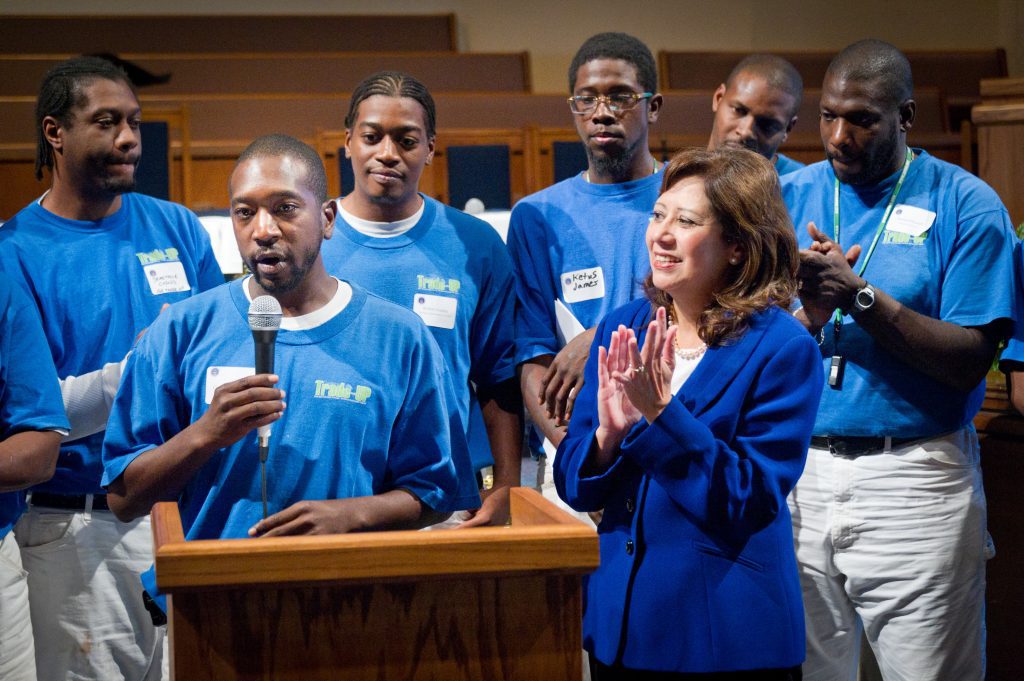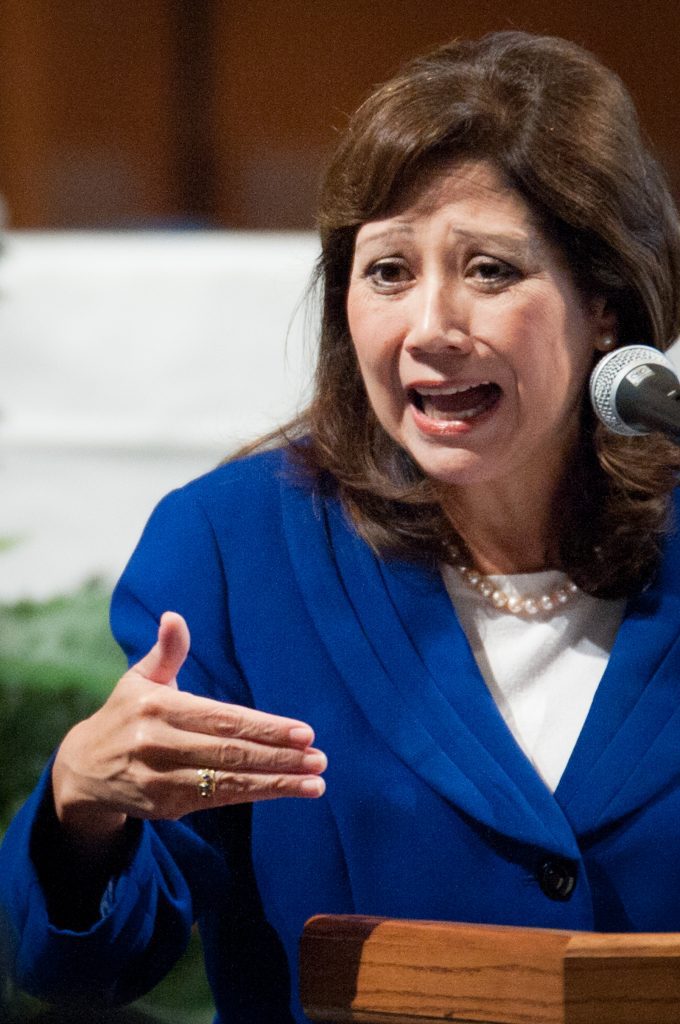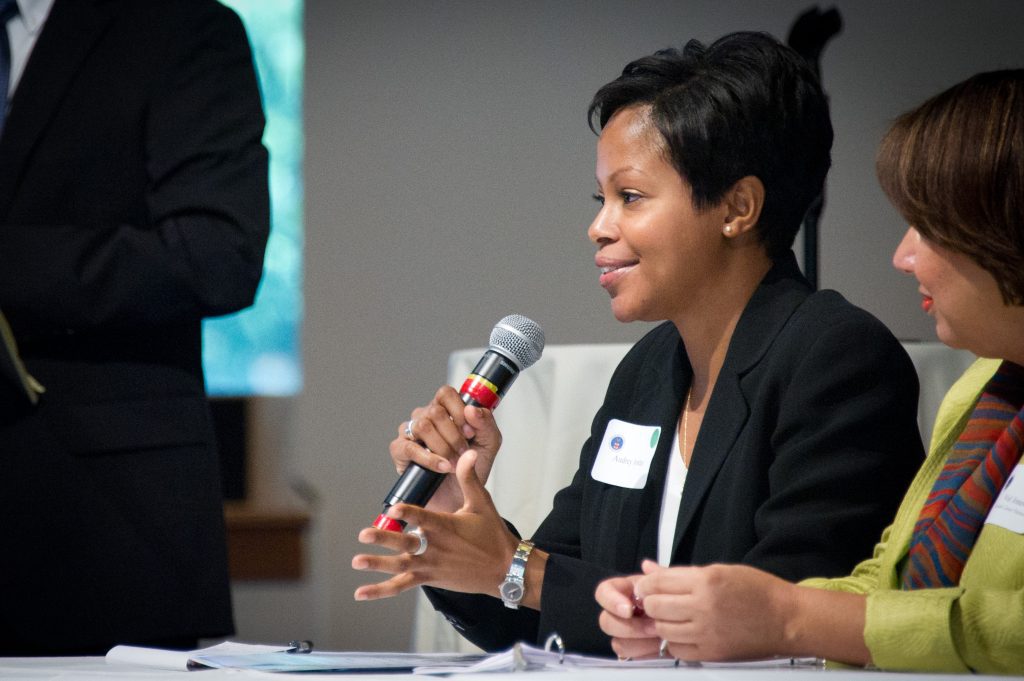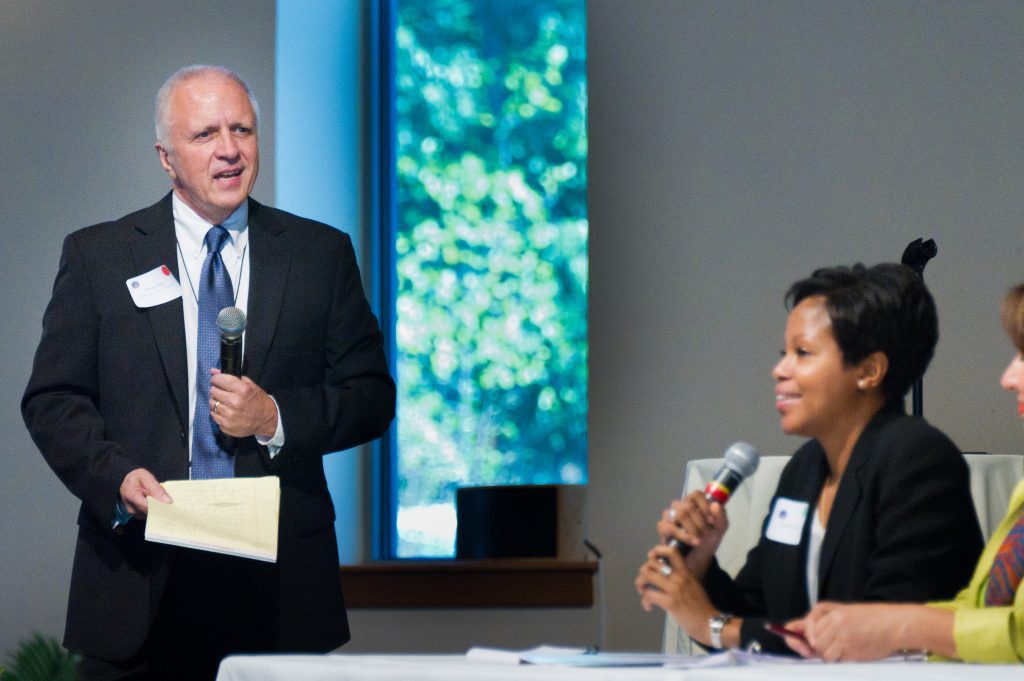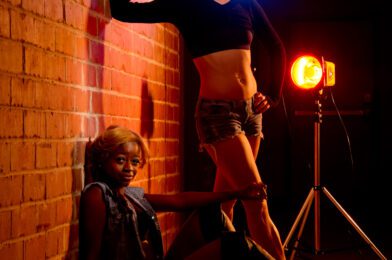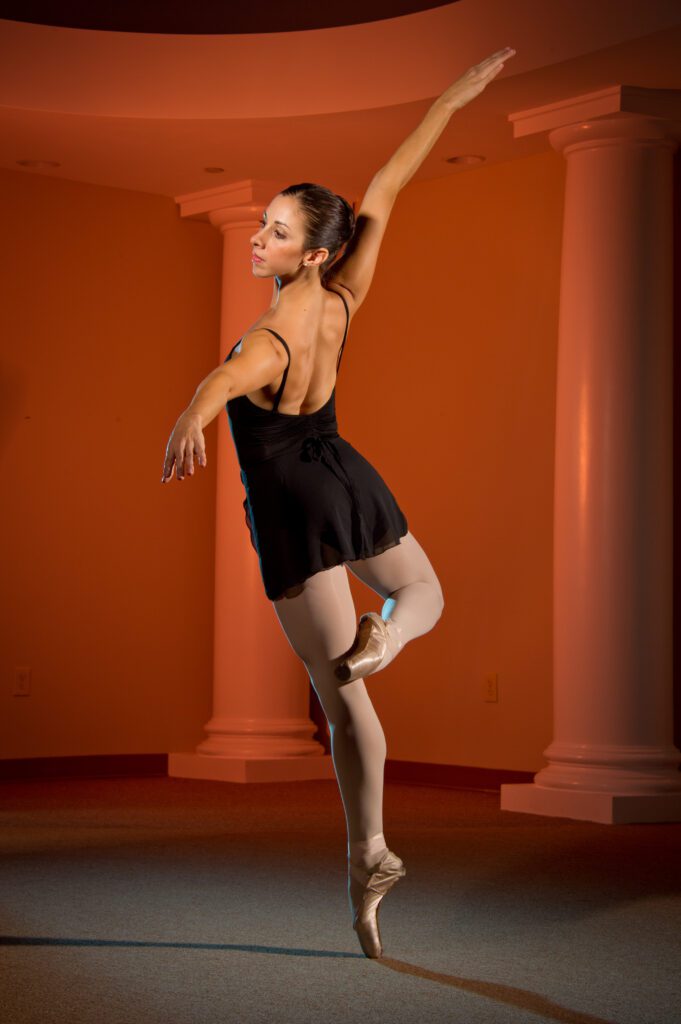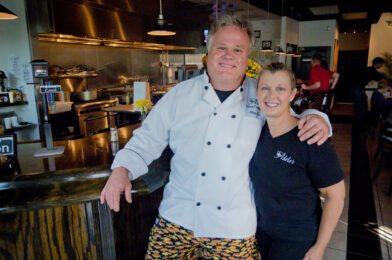I enjoy blogging, because I learn so much from the process. However, turning out 3 blogs a week can be draining. It is important to keep new material coming, so I have asked some friends to guest blog.
I thought immediately of my friend Brad Moore who helped his boss Scott Kelby coordinate the guest blogger for Scott’s blog. I knew he understood what I do and would most likely be the best person I could think of to kick off what I hope to be a way to introduce you to my favorite people in the industry.
Brad is one of the best in the industry when it comes to going the second mile and knowing how to play second fiddle. Brad helped Joe McNally and now helps Scott Kelby look good. He has the reputation of anticipating a photographer’s needs after working with them.
As you can see from his words below, Brad is always thinking.
Stanley
 |
| Brad Moore – Guest Blogger |
[Author’s Note: I wrote this for myself more than anyone else. I hope you find it applicable as well.]
Bob Dylan almost had it right with the lyric “Everybody must get stoned!” from Rainy Day Women #12 & 35, the first track on his 1966 double album Blonde On Blonde. While I don’t condone or recommend getting stoned through the use of illegal drugs, I do recommend getting high.
We are constantly seeking manners through which to get high. There are the obvious things like alcohol, sex, drugs, caffeine, etc. If not one of those, then job promotions, buying a new car/purse/camera, or beating our high score on Angry Birds.
 |
| Michael Maddox of Kill Hannah performs on July 21, 2010 at The Ritz in Ybor City, Tampa, Florida (photo by: Brad Moore) |
But as creatives, we get our high by creating things. The feeling of creating something we’re proud of and sharing it with others produces a high that is not easily paralleled.
In Art & The Bible, Francis Schaeffer discusses how our works of art are works “of creativity, and creativity has value because God is the Creator… Man is made in the image of God, and therefore man not only can love and think and feel emotion, but also has the capacity to create. Being [made] in the image of the Creator, we are called upon to have creativity. In fact, it is part of the image of God to be creative.”
So, as we are made in the image of God, and God is the Creator, we too all have creativity within us. This is the reason creating something gives us a high that’s difficult to match through other means.
 |
| A view from backstage during Fireflight’s performance on September 11, 2010 during “Rock The Universe” at Universal Studios in Orlando, Florida (photo by: Brad Moore) |
However, we all go through “valley” periods from time to time, going weeks, or even months without creating something for ourselves. And no the things we create at our day jobs out of requirement, but something you do for YOU.
It can almost be depressing.
But the moment you point your camera at something that excites you and click the shutter, a rush of endorphins hits you. And when you get through the editing process to find the ONE shot, it can feel as if you’re bringing new life into the world.
How then do we get ourselves out of these occasional valleys and continue creating fresh art?
 |
| Hillsong United perform in support of Aftermath before a sold-out crowd at American Airlines Arena on August 6, 2011 in Miami, Florida (photo by: Brad Moore) |
We get ourselves into these valleys by walking along a road of repetition. These creative ruts occur by doing the same thing, the same way, over and over. And we repeatedly do things the same way because we think we have it figured out, the “right way” we’re supposed to do them.
In Walking On Water, Madeleine L’Engle says, “We live by revelation, as Christians, as artists, which means that we must be careful never to get set into rigid molds. The minute we begin to think we know all the answers, we forget the questions, and we become smug like the Pharisee who listed all his considerable virtues and thanked God that he was not like other men.”
 |
| Derek E. Miller of Sleigh Bells performs for a sold-out crowd at State Theatre in St. Petersburg, Florida on April 29, 2011 |
When we think we have everything figured out, we become smug and close our minds to divine inspiration, which makes it difficult grow in our art. We must continue asking questions about our creative process in order to stay fresh in our approach. Even the most accomplished artist will likely admit that their best ideas come from outside themselves, regardless of their spiritual affiliation.
If our calling in life is a creative one, we must put ourselves in a position where our minds are open to divine inspiration, and our creative process open to questioning and exploration. Doing this will allow us to make fresh new art that we are unable to create on our own.
So go out, explore, create, and get high!
You can see more of Brad’s work at bmoorevisuals.com, find him on Google+, and follow him on Twitter.

